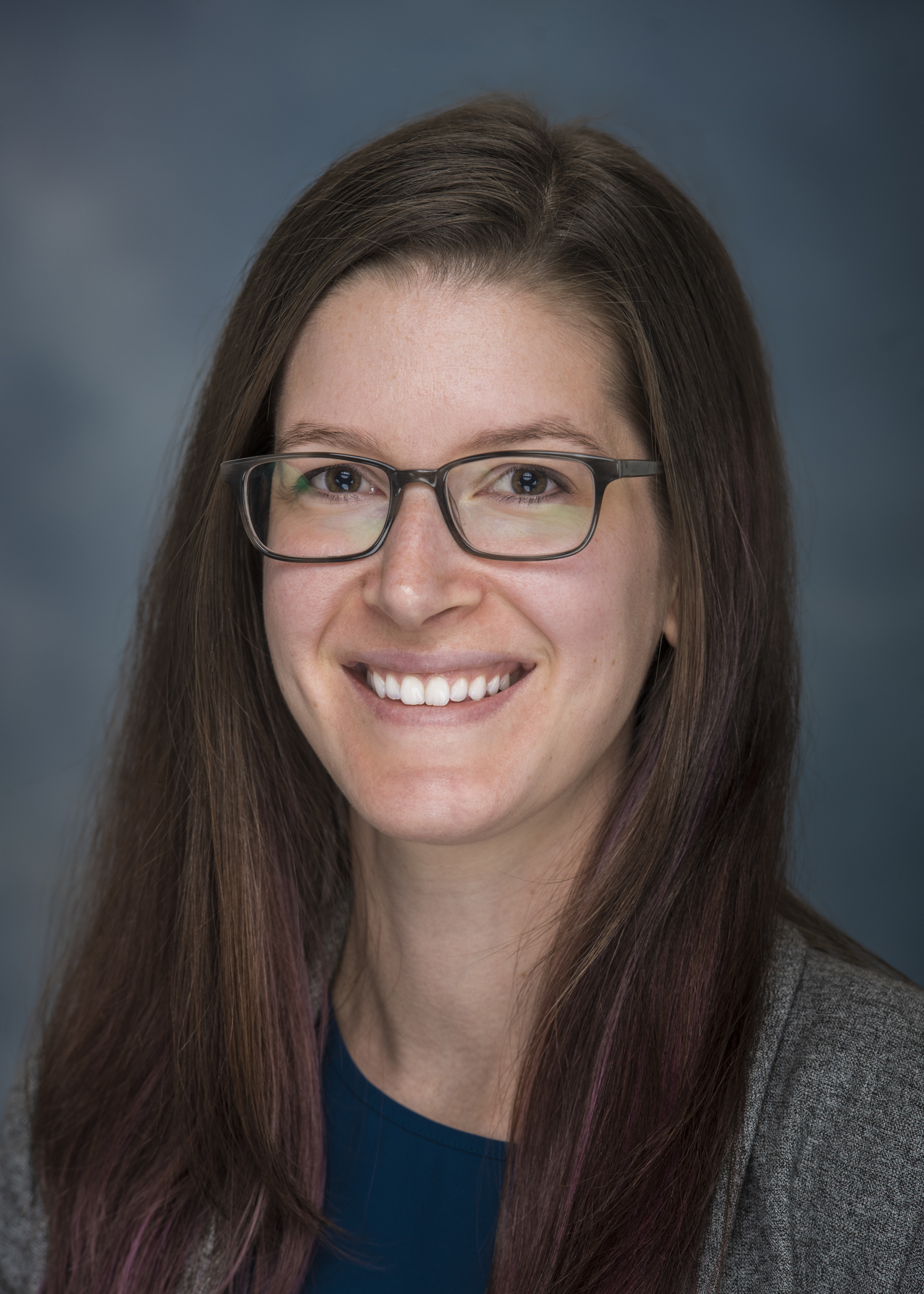10 Things Software Developers Should Learn about Learning
Abstract
Supplementary Material
- Download
- 855.86 KB
References
Index Terms
- 10 Things Software Developers Should Learn about Learning
Recommendations
Learning to learn: automatic adaptation of learning bias
AAAI'94: Proceedings of the Twelfth AAAI National Conference on Artificial IntelligenceTraditionally, large areas of research in machine learning have concentrated on pattern recognition and its application to many diversified problems both within the realm of AI as well as outside of it. Over several decades of intensified research, an ...
Learning where to learn: gradient sparsity in meta and continual learning
NIPS '21: Proceedings of the 35th International Conference on Neural Information Processing SystemsFinding neural network weights that generalize well from small datasets is difficult. A promising approach is to learn a weight initialization such that a small number of weight changes results in low generalization error. We show that this form of meta-...
Comments
Information & Contributors
Information
Published In

Publisher
Association for Computing Machinery
New York, NY, United States
Publication History
Check for updates
Qualifiers
- Research-article
Funding Sources
Contributors
Other Metrics
Bibliometrics & Citations
Bibliometrics
Article Metrics
- 0Total Citations
- 151,618Total Downloads
- Downloads (Last 12 months)151,618
- Downloads (Last 6 weeks)3,278
Other Metrics
Citations
View Options
View options
View or Download as a PDF file.
PDFeReader
View online with eReader.
eReaderDigital Edition
View this article in digital edition.
Digital EditionMagazine Site
View this article on the magazine site (external)
Magazine SiteGet Access
Login options
Check if you have access through your login credentials or your institution to get full access on this article.
Sign in

